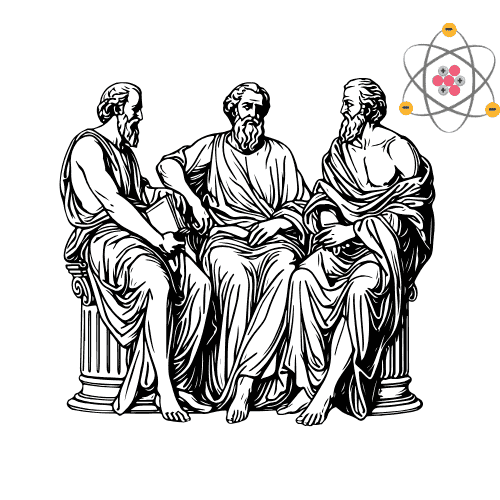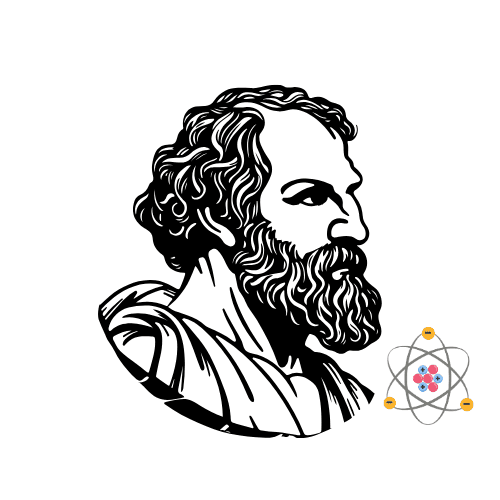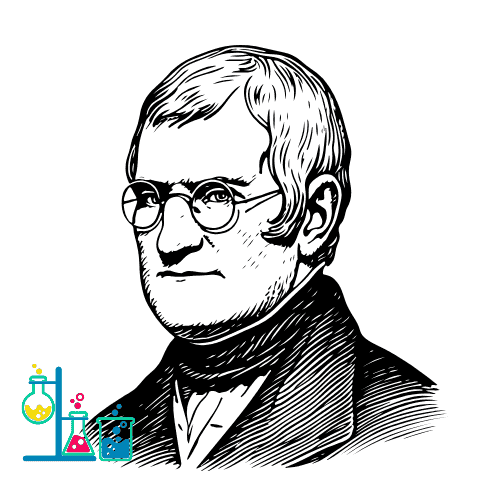
Historical Approach to Particulate Nature of Matter
Key Concept: The understanding that matter is composed of tiny particles evolved over centuries through observations and experiments by scientists worldwide, including Indian philosophers like Kanada (6th century BCE) who proposed the concept of ‘anu’ (indivisible particles).
Ancient Theories of Matter

Indian Contributions (6th century BCE)
- Kanada’s Vaisheshika School: Proposed matter consists of indivisible ‘anu’ (atoms)
- Pakudha Katyayana: Suggested matter is composed of eternal particles
- Nyaya Philosophy: Combined atomic theory with logic
400 BCE
Greek Philosophers

Democritus (460-370 BCE):
- Coined the term “atomos” (uncuttable)
- Proposed atoms differ in shape/size
- Believed properties depend on atom arrangement
Aristotle’s Opposition (384-322 BCE): Rejected atomic theory, favored continuous matter (earth, air, fire, water) which dominated Western thought for 2000 years.
1803
Dalton’s Atomic Theory

John Dalton (1766-1844): Revived atomic theory based on chemical evidence:
- Elements composed of indivisible atoms
- Atoms of same element are identical
- Compounds form in fixed ratios
Limitations: Didn’t account for isotopes (discovered later) or subatomic particles
1897
Discovery of Subatomic Particles

J.J. Thomson (1856-1940):
- Cathode ray experiments revealed electrons
- Proposed “plum pudding” model (electrons in positive matrix)
- First evidence atoms were divisible
1911
Nuclear Model

Ernest Rutherford (1871-1937):
- Gold foil experiment showed atoms have dense nucleus
- Proposed planetary model (electrons orbit nucleus)
- Discovered protons (1919)
Problem: Couldn’t explain why electrons don’t spiral into nucleus (solved by quantum mechanics)
Modern Quantum Mechanical Model

Key Developments:
- Bohr’s Model (1913): Quantized electron orbits
- Schrödinger (1926): Electron cloud orbitals
- Chadwick (1932): Discovered neutrons
Current Understanding
- Atoms consist of protons, neutrons, electrons
- Electrons exist in probability clouds (orbitals)
- Quantum field theory describes subatomic interactions
- Standard Model identifies fundamental particles
Pingback: Importance Of Chemistry Class 11th Unit-I Some Basic Concept Of Chemistry Latest Syllabus | Asterisk Classes